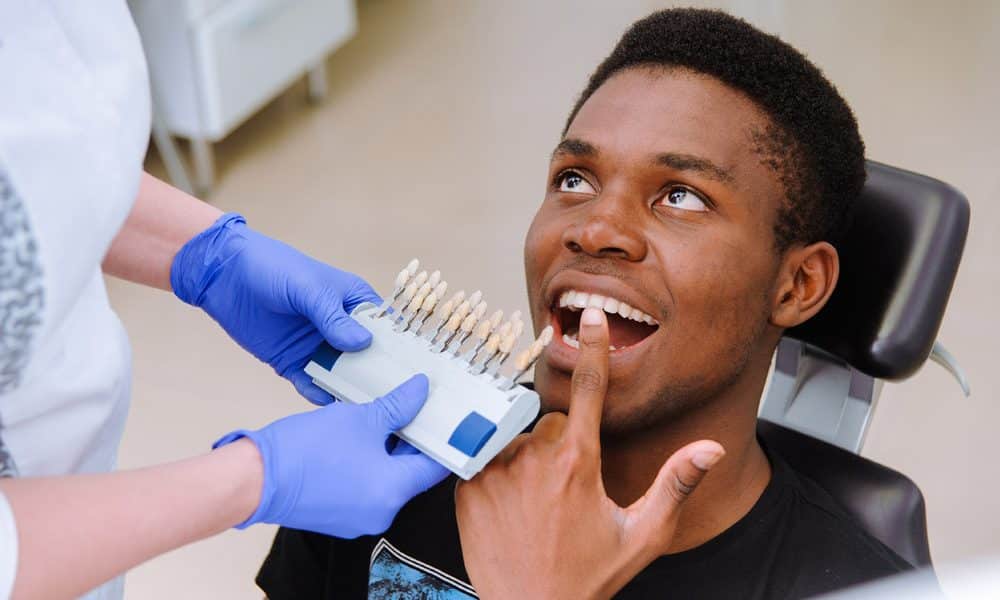Accurate diagnosis of diseases is essential for designing effective treatment plans. Radiographs have been a popular diagnostic aid in medicine for centuries. However, over the past decades, panoramic X-rays have been offering invaluable oral diagnostic information through detailed imaging capabilities that enable the early detection of oral conditions.
The specialists offering dental practice in Powell, TN, often seek diagnostic help through panoramic X-rays due to their superior precision and accuracy compared to conventional X-rays.
An introduction to panoramic X-rays
A panoramic X-ray, or orthopantomogram (OPG), is a dental imaging method that offers a complete view of the entire oral cavity, including the upper and lower jaws, TMJ, teeth, nasal region, and sinuses. Unlike conventional X-rays that target specific regions, panoramic X-rays provide a unified, flat depiction of the curved jaw structure. This singular image covers the entire oral cavity, providing a comprehensive perspective for analysis.
How are panoramic X-rays recorded?
The panoramic X-ray is performed by the same principles as that during a traditional X-ray:
- You will be taken to the radiology room and asked to remove any jewelry or metal accessories.
- You will be made to stand or sit still in front of the X-ray machine with your chin resting on a small chin rest.
- A bite block will be used to keep your mouth slightly open.
- The X-ray machine arm will rotate in a semicircle around your head along a specified angle, starting from one side of your jaw and ending at the other.
What benefits do panoramic X-rays offer?

Close-up Of A Dentist's Hand Examining Teeth X-ray On Computer
Panoramic X-rays are preferred over traditional X-rays due to the following benefits:
Comprehensive view
They provide a broad view of the entire oral cavity, including the teeth, jaws, temporomandibular joints (TMJ), sinuses, and surrounding structures.
Efficient diagnosis
Panoramic X-rays enable dentists to diagnose various dental conditions, such as impacted teeth, cysts, tumors, fractures, and bone abnormalities.
Minimal radiation exposure
Compared to traditional X-rays, panoramic X-rays expose patients to lower levels of radiation while still providing detailed images.
Convenient procedure
Patients find panoramic X-rays comfortable and convenient, as they require minimal preparation and can be completed quickly.
Treatment planning
Dentists use panoramic X-rays to develop comprehensive treatment plans for various dental procedures, including orthodontic treatment, dental implants, and oral surgeries.
Patient education
Panoramic X-rays allow dentists to educate patients about their oral health conditions and discuss treatment options effectively.
Bottom line
Panoramic X-rays represent a groundbreaking advancement in dental diagnostics. Their remarkable accuracy and precision greatly enhance diagnostic capabilities while minimizing the likelihood of errors. It's crucial to discuss with your dentist the precautions required to lower any potential risks of overexposure during panoramic radiography.




















